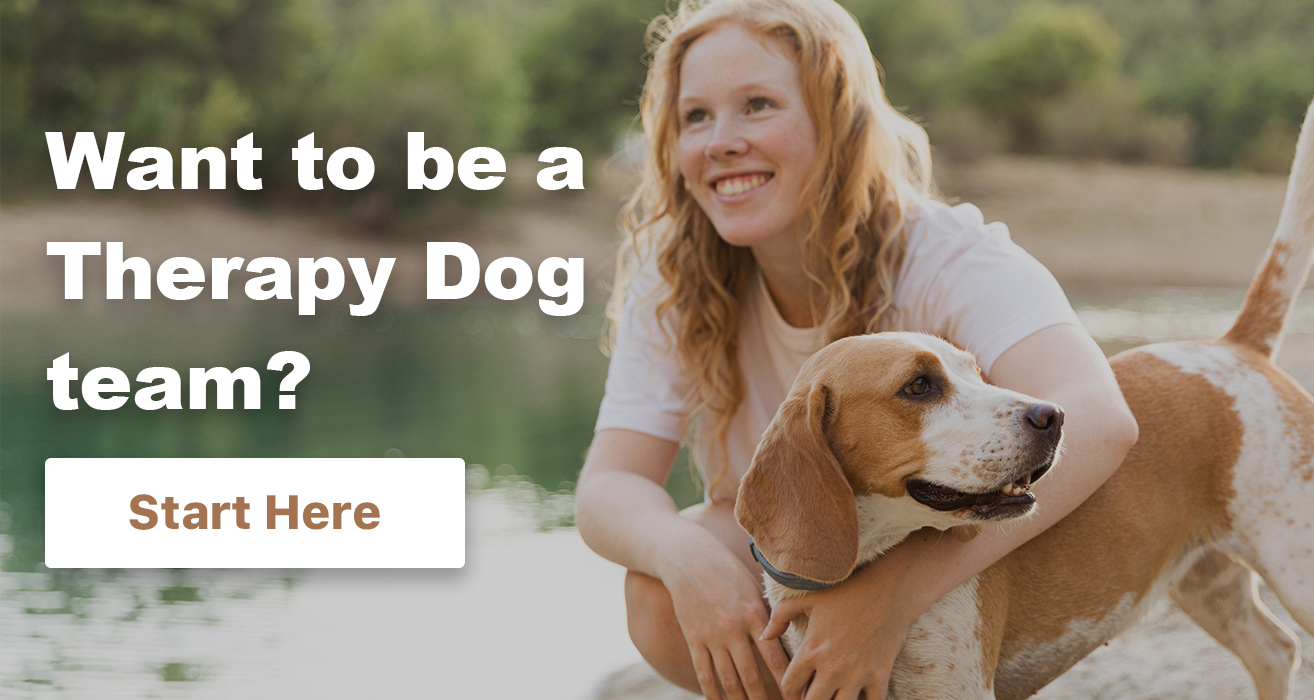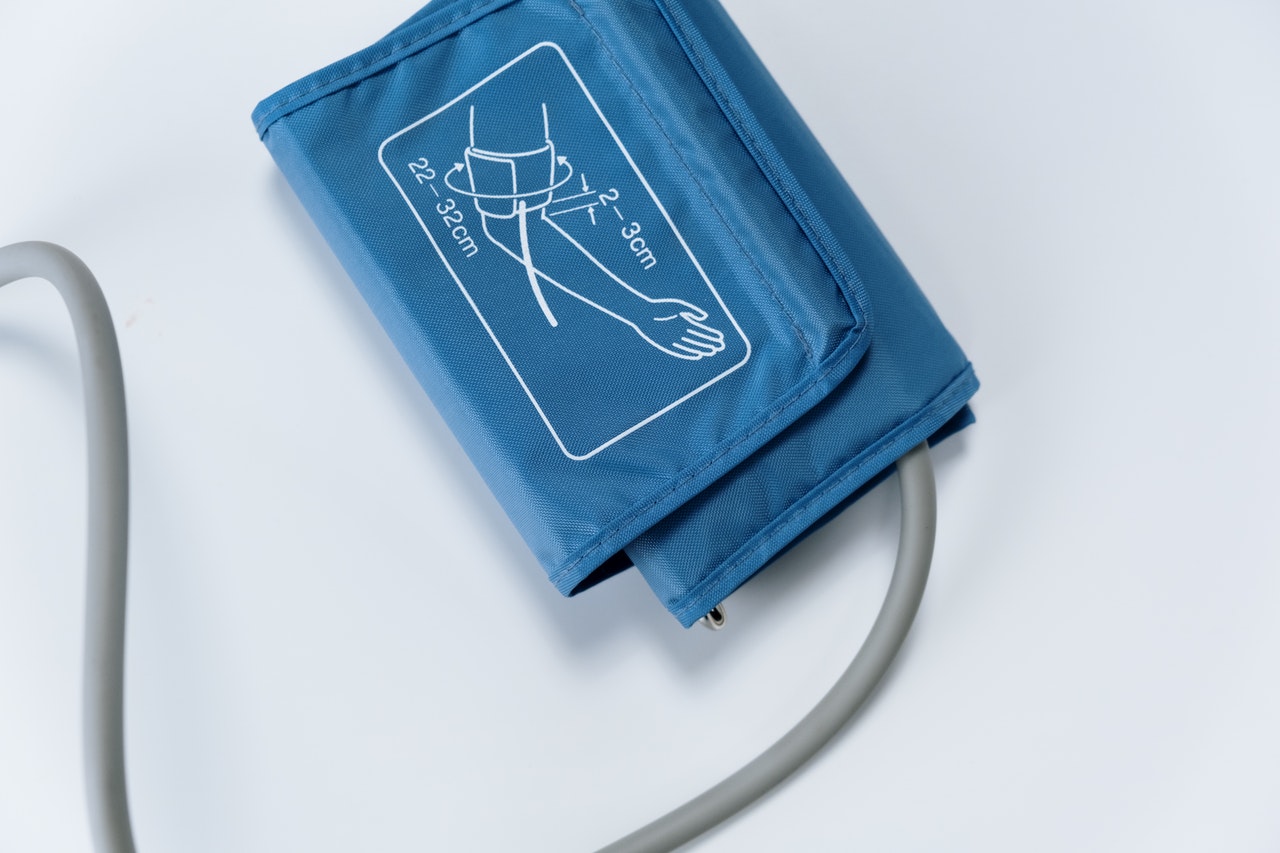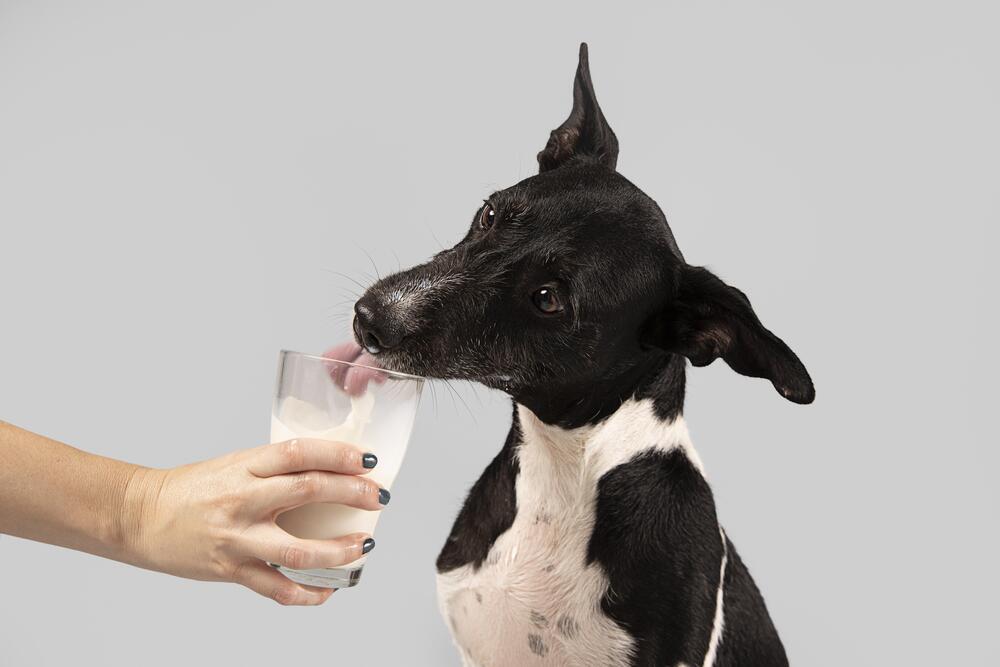- What are Therapy Animals?
- Are Therapy Animals Service Animals?
- Are Therapy Animals Emotional Support Animals?
- Are Therapy Animals Dogs Only?
- Benefits of Therapy Animals
- Do Therapy Dogs Undergo Specialized Training?
- How to Train a Dog as a Therapy Dog?
- What Should You Consider Before Getting a Therapy Dog?
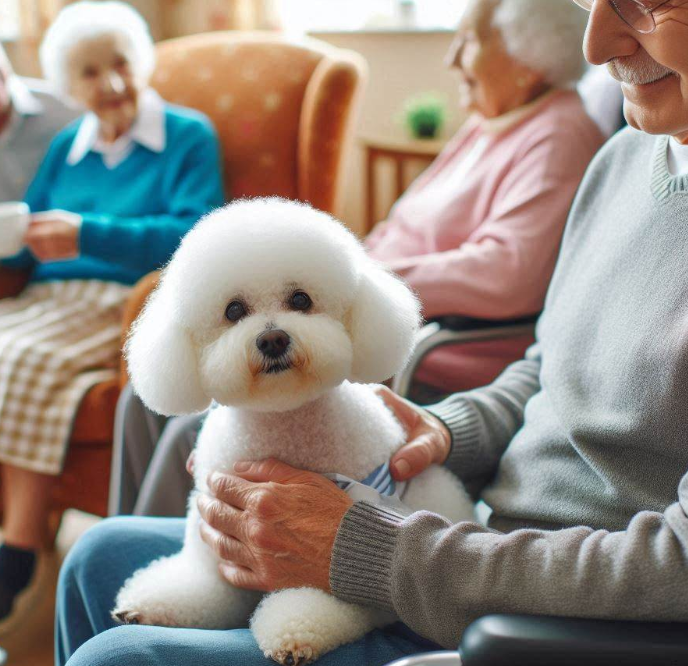
What comes to mind when you hear the term 'designated facility'? Is it of a place assigned for a specific purpose such as healthcare or emergency response? It is likely to bring to mind a controlled environment with specialized resources, designed for people who need specific types of care or services.
While the term 'designated' might suggest rules or even confinement, imagine being greeted by a furry friend when entering such a facility! Some dogs have the very special role of visiting places like nursing homes, hospitals, healthcare centers, and schools, providing support to individuals. These dogs are called “therapy dogs” and have a positive impact on people’s physical and mental health.
Today’s article is dedicated to therapy dogs and the significant role they play in many people’s lives!
What are Therapy Animals?
Therapy animals visit specialized facilities, such as hospitals, schools and nursing homes, and provide comfort and companionship to individuals. Their goal is to help people recover more quickly, enhance social or learning skills, or cope more easily with trauma or injury.
Therapy animals are usually part of the so-called 'pet therapy,' which is a guided interaction between an individual and a trained animal, which typically includes the animal’s handler as well. These interactions between therapy teams and individuals are often supervised by a licensed healthcare provider or an appropriate representative in the facility.
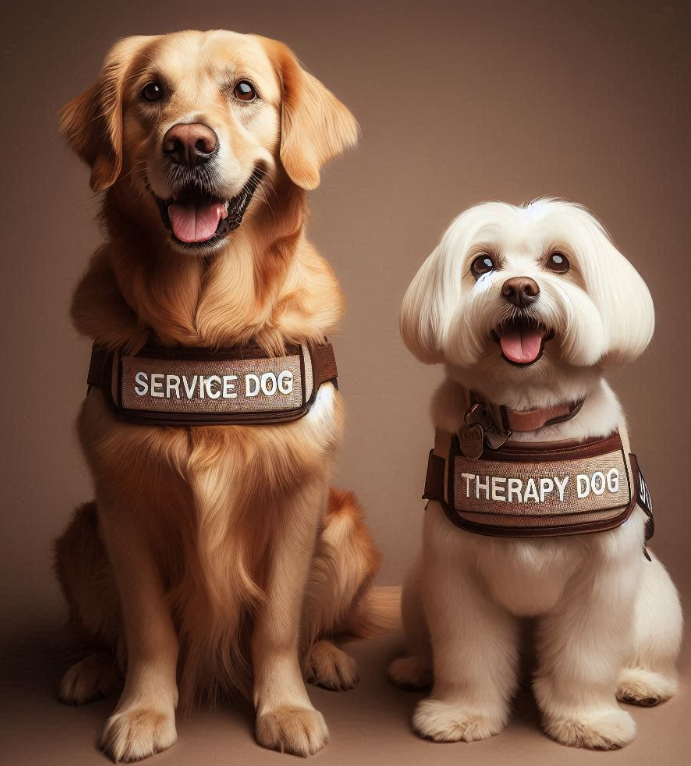
Are Therapy Animals Service Animals?
No, therapy animals are not service animals, because they are not individually trained to perform specific tasks directly related to a disability. They provide comfort and companionship only.
Are Therapy Animals Emotional Support Animals?
The answer is “No” again. While emotional support animals also provide comfort and companionship only, without performing specific tasks, they support one person.
In contrast, therapy animals support many people.

Are Therapy Animals Dogs Only?
Unlike service animals, who can only be dogs, therapy animals and emotional support animals can be any domesticated species, such as cats, birds, guinea pigs, horses, and others. The type of animal chosen for a patient or resident typically depends on the therapy plan.
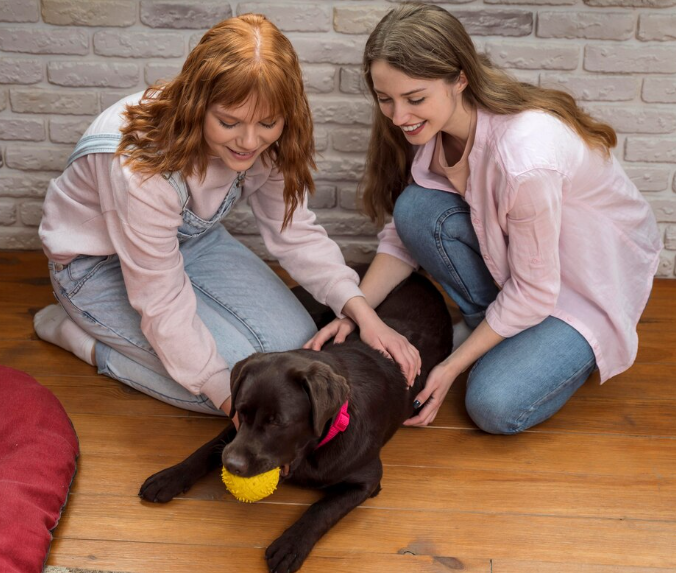
Benefits of Therapy Animals
Emotional Support
Therapy dogs can help reduce feelings of anxiety, depression, and loneliness. Their presence can create a calming environment, which allows individuals to feel more relaxed. This is especially helpful to people who have undergone surgery, injury or trauma, whether physical or mental.
It is also important to note that emotional and mental health issues often reflect in our physical health as well. You may have heard the term ‘psychosomatic,’ which describes a physical condition caused or worsened by mental struggles. With that being said, emotional support and companionship can provide a sense of safety and love.
The relationship people may form with therapy animals can also bring a sense of purpose and help them feel more connected to the world around them. This is crucial for their well-being as it makes social situations and hard emotions easier to manage.
During visits, therapy dogs help create a warm and open atmosphere that encourages individuals to feel more comfortable sharing and participating.
Social Interaction
Interacting with therapy dogs can help individuals improve their social skills and communication. This is particularly helpful in settings such as schools or nursing homes, where residents may feel isolated.
In these settings, therapy dogs can break down social barriers, and encourage people to open up, be empathetic and become more confident. Interaction with therapy animals fosters a sense of warmth, acceptance, and belonging within the community. This could make a significant difference in the lives of those who might otherwise feel isolated.
Improved Mental Health
Studies have shown that spending time with and petting dogs, in particular, increases levels of the so-called 'feel-good' hormone— oxytocin. This, in turn, fosters feelings of happiness, trust and bonding.
Additionally, spending time with dogs can reduce cortisol, the body's primary stress hormone, which plays a key role in managing stress responses. Elevated cortisol levels are often linked to feelings of anxiety and stress, so reducing them through positive interactions can promote an emotional balance and relaxation.
Physical Health
Along with the undeniable benefits for emotional and mental health, engaging with therapy animals offers various physical benefits. Spending time with these animals often encourages physical activity, such as taking walks, playing fetch, brushing the animal (typically a dog), or simply moving around to interact with them.
This kind of activity can be especially beneficial for individuals with limited mobility, as it provides a safe and enjoyable way to stay active.
By engaging in activities with a therapy dog, individuals can improve their flexibility, balance, and even build a bit of strength. All this contributes to overall physical well-being.
Therapy dogs not only motivate people to be more active but also provide companionship, making physical activity feel less like a mandatory part of a therapy plan and more like a natural part of the day they enjoy!
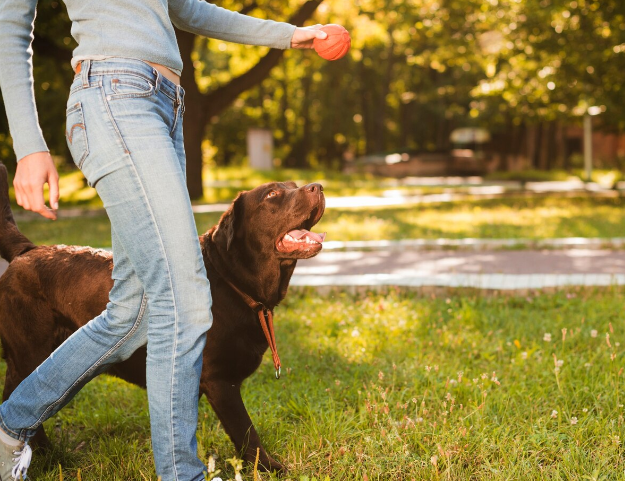
Do Therapy Dogs Undergo Specialized Training?
We will focus on dogs as therapy animals as they are the most commonly used species for this role.
As mentioned above, therapy animals are not service animals as they do not perform specific tasks. While therapy dogs do not undergo as rigorous training as service dogs do, they still need to be trained in basic and extended obedience and socialization.
Additionally, they need to have great focus skills and manners to ensure appropriate interaction with people.
How to Train a Dog as a Therapy Dog?
Choose the Right Dog
You may have already heard that! When you need a dog to engage with people and provide comfort, you need to ensure the dog has the right temperament for the job. Being calm and people-oriented is crucial for dogs working in therapy teams!
While proper training can truly make a difference, and reveal a dog’s potential, not every canine may be suited for this role. The best candidates typically have a naturally friendly disposition, a calm demeanor, and a sociable personality. These traits help them connect with people in various facilities and provide comfort and support.
Below, we will list several breeds that may be worth considering for therapy work. However, dogs are individuals, so it is crucial to evaluate each dog's personality, temperament, and behavior rather than relying solely on their breed characteristics.
Breeds like the Labrador Retriever, Golden Retriever, Cavalier King Charles Spaniel, Poodle, and Bichon Frise are frequently recommended for therapy work due to their gentle nature and eagerness to please.
However, it’s important to note that dogs of mixed breeds can also become excellent therapy and service dogs. Ultimately, what is most important is the individual dog's temperament and ability to handle various environments and situations.
Basic Obedience
Having a solid foundation in basic obedience is essential for all dogs on their way to becoming companion animals or service dogs. In the context of therapy dog training, you need to ensure your dog has mastered commands such as “sit,” “wait,” “come,” and “heel” before visiting designated facilities.
This training not only helps enhance their ability to follow instructions but also helps them improve their impulse controls and develop good manners in different settings.
A well-trained dog is more likely to remain calm and focused, even in busy environments, which is essential for therapy work. By reinforcing these commands consistently, you make sure that your dog is confident and well-mannered and can behave appropriately regardless of the situation.
Extended Obedience
Once your dog has mastered basic commands, you should move on to extended obedience training. This level of training includes advanced commands such as "leave it," "drop it," “place” and focus training.
These commands can be particularly useful in therapy settings, where distractions are common, and your paw friend may need to ignore certain stimuli or remain in a designated spot.
Extended obedience training helps further enhance impulse control and patience, which are essential traits for therapy dogs.
By combining basic and extended obedience, you ensure that your therapy dog has the necessary skills to provide comfort and companionship to those in need.
Socialization
Proper socialization is key to preparing your dog for therapy work. This means actively exposing your furry friend to a variety of environments, people, and situations. The earlier the process beings, the better. Adult dogs can also be taught be socialized but the process may be more challenging especially if the dog has behavioral issues or bad habits.
Remember that behavioral management is more effective before behavioral issues turn into habits.
Each new environment your dog encounters presents unique stimuli, such as animals, unfamiliar people, sounds, and smells. By encouraging positive interactions with these stimuli, especially by introducing your canine to people of different age and appearance, you are helping them get accustomed and less agitated by their presence.
In addition, your paw friend will learn to remain calm and focused on the presence of others.
Positive Reinforcement
Positive reinforcement plays an important role in creating positive experiences for your dog during basic and extended obedience training, as well as socialization.
Food is known for being a primary positive reinforcement tool, therefore treats are usually given as a reward for showing the wanted behavior. While dogs who are food-motivated are easier to train, toys, and play sessions can also be great rewards for dogs who are rather picky.
Praises and petting should not be neglected as well, as they help further create a positive association with the desired behaviors and stimuli in the environment.
Gradually increasing the level of distraction and complexity will help build your dog’s confidence over time. Keep in mind that the more balanced and versatile your dog is, the better they will be at providing comfort and support in designated facilities.
Therapy Dog Training & Certification
Enrolling your dog in a specialized therapy dog training program can be very rewarding for both of you.
Such a program can help teach your dog how to engage positively with individuals in various therapeutic environments, such as hospitals, nursing homes, schools, and rehabilitation centers. Throughout a specialized course, your furry friend will learn to navigate different situations they might encounter, ensuring they respond appropriately and provide comfort to those in need.
Additionally, it can enhance your interaction and connection with your furry friend. Learning and practicing together will be beneficial for getting to know each other on a deeper level and finding the right approach to one another.
While certification is not strictly required for therapy dogs, it can help prove your dog has undergone proper training and can remain focused and calm around people.
Going through this process can add credibility to your dog's training and demonstrate that they meet specific standards for therapy work.
Based on the specific facility, your paw friend may need to go through a separate evaluation with a team working with the facility.
Volunteering
After certification, you may want to look for volunteer opportunities in your area where you and your therapy dog can make an impact!
Partnering with local hospitals, schools, or designated facilities that accept therapy teams can provide you with opportunities to put yourself and your paw partner in real situations and learn how to deal with potential challenges from first-hand. You can help people who are recovering from traumas or injuries or those who need support with socialization.
Additionally, participating in community events or fundraising activities can help raise awareness about the benefits of therapy dogs. Furthermore, it will enable you to connect with others who are dedicated to helping people in need.
What Should You Consider Before Getting a Therapy Dog?
Time Commitment
Training a therapy dog is a significant commitment that goes beyond teaching a dog basic obedience. It includes socialization with various environments and people, as well as regular practice of learned skills to keep the dog well-behaved and responsive.
You will need to dedicate significant time to both training your dog and maintaining their progress and social adaptability.
Health and Maintenance
All types of working dogs require regular vet check-ups to ensure they are healthy and up to date with all the necessary vaccinations. This is particularly important if they interact with people who in the process of recovering.
Regular grooming is essential to keep your therapy dog clean and presentable. To support their physical and mental health, it is important to keep them on a balanced diet that suits their age, breed, and lifestyle.
Engaging them in diverse activities and mentally stimulating games is also important as it helps expend their energy, keeping them calm and focused.
Legalities & Specific Requirements
Before beginning work as a therapy team, it would be helpful to familiarize yourself with local regulations regarding therapy dogs (if any) and the specific facility requirements for therapy teams. If you already know the types of settings, or even a specific facility, you would like to visit with a therapy dog, consider contacting their staff directly. These might include specific vaccinations, certifications, or even liability insurance, depending on your area and facility’ regulations. Some therapy programs or facilities may also require additional screenings or behavioral assessments.
Your Own Motivation
This is probably the most important question we should ask ourselves before embarking on a journey that requires commitment, time, energy and consistency! Why am I doing this?
It is essential to take time to reflect on your own reasons for training your dog as a therapy dog, and the role you want them to play with yourself as a team in other’s lives.
Think about how you can create meaningful interactions with those who will benefit from your dog’s presence, and always remember to be realistic about the time, energy, and dedication required to make a positive impact on people’s well-being.



